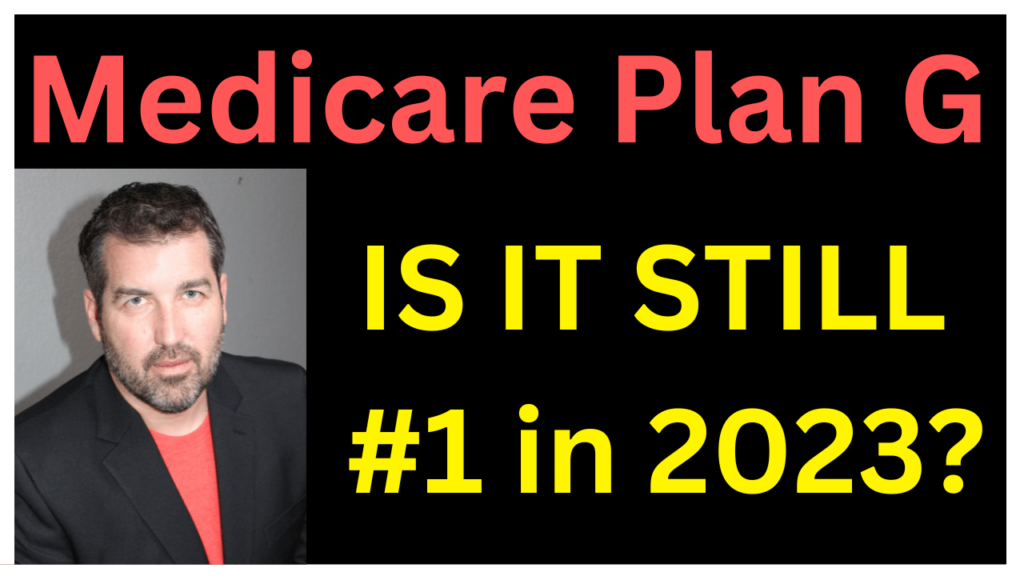
At its core, Medicare is a vital component of the healthcare system, designed to provide coverage for individuals aged 65 and older, as well as for younger individuals with certain disabilities. But how one navigates and maximizes this system is contingent upon understanding the Medicare Open Enrollment period in 2023. Let’s delve deep into the intricacies and details of this critical phase.
What is Medicare Open Enrollment?
Medicare Open Enrollment, commonly referred to as the Annual Election Period (AEP), is the designated time each year when Medicare beneficiaries can make changes to their existing Medicare health and prescription drug plans.
Key Dates and Deadlines for Medicare
October 15 to December 7 – This is the primary Medicare Open Enrollment period. Any changes made during this time will come into effect on January 1 of the following year. During this time period you can do any of the following:
1. Switch between Original Medicare and Medicare Advantage. 2. Change your Medicare Advantage plan. 3. Add, cancel or change prescription drug plan
January 1 to March 31 – Known as the Medicare Advantage Open Enrollment Period, during this timeframe, those with a Medicare Advantage Plan have an additional opportunity to switch plans or revert to Original Medicare.
Reasons to Participate in Open Enrollment
Evaluating Your Current Coverage
Your medical needs or prescriptions might have changed over the past year. Ensuring that your current plan aligns with these requirements is crucial for optimal healthcare and cost-efficiency.
New Plans on Offer
Prescription Drug Coverage Changes
It’s not uncommon for drug formularies (the list of medications covered under the plan) to undergo revisions. Ensuring that your medications remain covered is vital.
Steps to Ensure a Smooth Enrollment
Review the Annual Notice of Change
Each year, plan holders receive an Annual Notice of Change (ANOC). This document outlines any changes to the plan for the upcoming year, including costs, coverage, and service area alterations.
Assess Personal Healthcare Needs
Document any new prescriptions or treatments from the past year. Knowing these will be essential when comparing plans.
Compare Plans with the Medicare Plan Finder
The Medicare Plan Finder is a comprehensive tool that allows beneficiaries to compare different plans based on their individual needs.
Check for Star Ratings for Medicare Advantage Plans
Medicare evaluates all plans annually, providing a star rating system based on performance. This offers beneficiaries a quick way to assess the quality of different Medicare Advantage plans. For Medigap plans such as Medicare Plan G, please call our office.
Seek Assistance for Medicare
Should you have any questions or uncertainties about Medicare plans, there are various resources available. The State Health Insurance Assistance Program (SHIP) offers Medicare counseling to anyone who needs advice.
Considering Additional Coverage Options
While Original Medicare provides coverage for many healthcare services, it doesn’t cover everything. During Open Enrollment, you may also want to consider enrolling in:
Medicare Advantage Plans (Part C): These are offered by private insurance companies and combine Part A (Hospital Insurance) and Part B (Medical Insurance) into one plan. Many also offer prescription drug coverage.
Medicare Prescription Drug Plans (Part D): Specifically for beneficiaries seeking only drug coverage.
Medicare Supplemental Insurance (Medigap): To help cover out-of-pocket expenses that Original Medicare doesn’t cover.
Conclusion
Medicare Open Enrollment is a crucial time to ensure that you are receiving the best possible healthcare coverage tailored to your individual needs. By staying informed, evaluating your options, and making any necessary changes, you can confidently navigate the complex landscape of Medicare and secure peace of mind for the year ahead.


